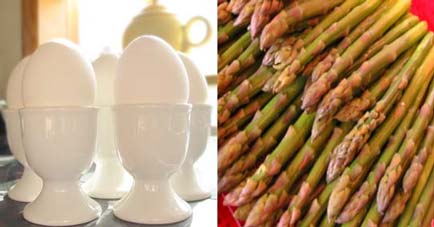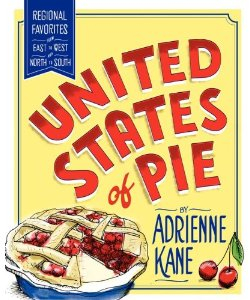 It is a good thing that the whole low-carb lifestyle is coming to a close, not that I ever subscribed to such an extreme form of dieting, I just got tired of hearing about it. For me, and my carbohydrate loving ways, it would be torture. Some people live off of junk food, others subsist on on a diet of whole grains and organic food, others still go munching away on nuts and berries. I could (could being the operative word here) exist on a diet of carbohydrates, of any form.
It is a good thing that the whole low-carb lifestyle is coming to a close, not that I ever subscribed to such an extreme form of dieting, I just got tired of hearing about it. For me, and my carbohydrate loving ways, it would be torture. Some people live off of junk food, others subsist on on a diet of whole grains and organic food, others still go munching away on nuts and berries. I could (could being the operative word here) exist on a diet of carbohydrates, of any form.
Lucky for me, or unlucky, it depends on how you see it, I live in the San Francisco Bay Area and there are some pretty good bread shops here. Like any good bourgie, I crave a chewy baguette from time to time, and Acme and La Farine Bakery have the finest baguettes outside of France. La Farine has kept it small, just selling from its two East Bay locations. They sell a variety of breads, some pastry, tarts, cakes, and a select number of cookies, contained in individual, clear glass cookie jars lined up along the pastry case. But for as delightful as their sweet treats are, and knowing about my enormous sweet tooth, some might say my entire mouth is full of sweet teeth, it is the baguettes that keep me coming back.
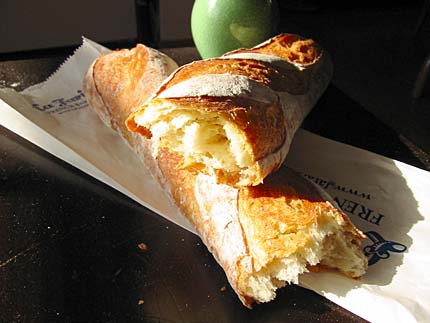
The Rustic Baguette. Such a holy thing, it deserves a sentence unto itself. Crisp, the crust crackling as I tear it apart, crumbs flying. The butt, the most prized attribute of the baguette for me, peaking out from the top of the bag, beckoning me to release it from the holds of the entire baguette. I bite into it, the almost sweet, yeasty insides tangle with the delicate fissile of the crust.
The thing I love the most about a good baguette, is the one thing that is so difficult to achieve– the notion of nothingness. Simplicity. The exquisite balance that is to be found in plenitude and nullity. Just a few ingredients: water, flour, yeast, how is it possible that they come so close to perfection? Handled properly, expertly baked, dusted carefully with flour, a baguette can be anything you make it. Slathered with Nutella and enjoyed in the morning with a steaming cup of coffee; or a wedge of salty blue cheese, sandwiched between two slices of bread, brazenly torn off the loaf; or simply with butter, cold, creamy, and lightly salted, it doesn’t really matter to me. Bring on the carbohydrates!


 Every culture has them, the Americans with ketchup or BBQ sauce, Asian with soy sauce, among others, raita for the Indian culture, the French with pure, beautiful butter, and salsa in the Latino culture. Condiments are going strong. Born and raised in California, salsa, and in turn Mexican food is something with which I grew up.
Every culture has them, the Americans with ketchup or BBQ sauce, Asian with soy sauce, among others, raita for the Indian culture, the French with pure, beautiful butter, and salsa in the Latino culture. Condiments are going strong. Born and raised in California, salsa, and in turn Mexican food is something with which I grew up.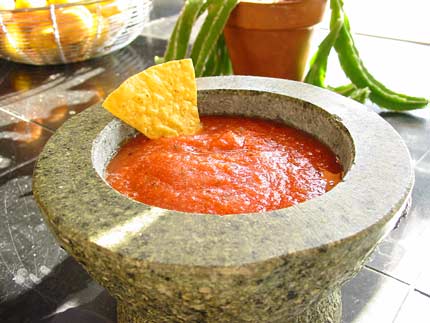
 I’ve been thinking about this question a lot lately, and there seem to be so many answers– for fuel, for pleasure, for survival. It is inextricably bound to the broader question: why do we eat?
I’ve been thinking about this question a lot lately, and there seem to be so many answers– for fuel, for pleasure, for survival. It is inextricably bound to the broader question: why do we eat? The venerable matzo ball. The one food that perhaps best sums up all of Jewish cuisine in a spherical, dumpling-like shape. They can be soft, ethereal almost, just barely holding their shape in a globe of glutens. They can be hard, tense almost, pressed tautly into a sphere. Me, I like them to be somewhere in between. A 70-30 ratio, in favor of soft. The matzo ball should offer the slightest bit of resistance as you plunge your spoon into it. The center still chewy, doughy, and delectable.
The venerable matzo ball. The one food that perhaps best sums up all of Jewish cuisine in a spherical, dumpling-like shape. They can be soft, ethereal almost, just barely holding their shape in a globe of glutens. They can be hard, tense almost, pressed tautly into a sphere. Me, I like them to be somewhere in between. A 70-30 ratio, in favor of soft. The matzo ball should offer the slightest bit of resistance as you plunge your spoon into it. The center still chewy, doughy, and delectable.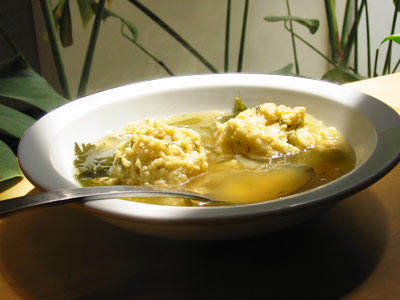


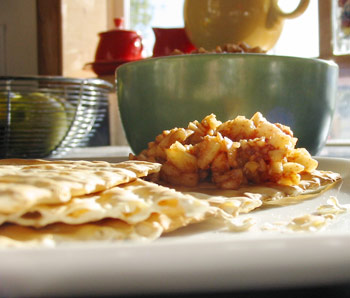
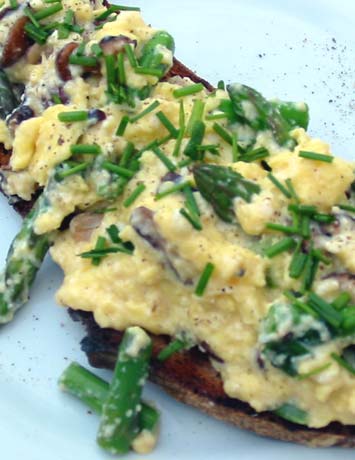
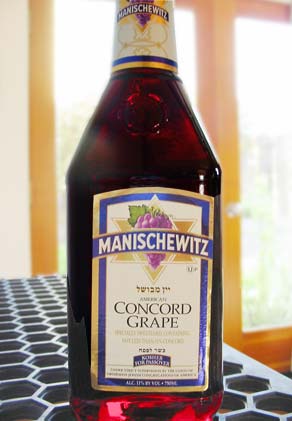
 Sometimes it is the simplest meals that are the most delicious. A soft-boiled egg, small and self-contained, proudly standing tall in its porcelain cup is the perfect brunch-time antidote to a weekend filled with too much wine, hearty foods, or both. An ideal vessel in which to dip a slice of lightly grilled rustic country bread, or better yet, take advantage of the spring season and dunk an crisp, lightly salted asparagus spear.
Sometimes it is the simplest meals that are the most delicious. A soft-boiled egg, small and self-contained, proudly standing tall in its porcelain cup is the perfect brunch-time antidote to a weekend filled with too much wine, hearty foods, or both. An ideal vessel in which to dip a slice of lightly grilled rustic country bread, or better yet, take advantage of the spring season and dunk an crisp, lightly salted asparagus spear.